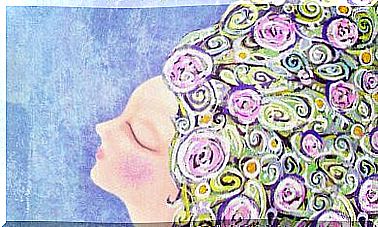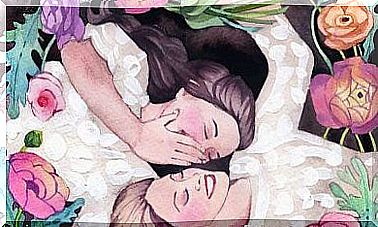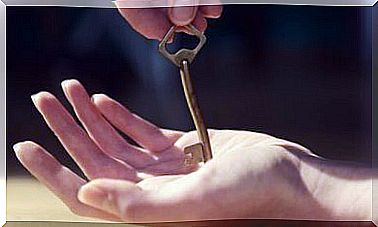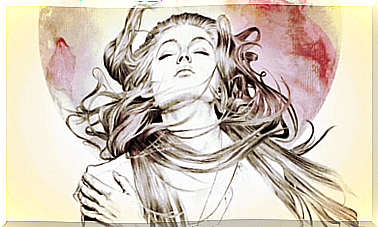The Anatomy Of Fear: Physiological And Psychological Origins

Thomas Hobbes said that when he was born, his mother gave birth to twins: himself and his own fears. Few emotions define us as much as fear, which is stubborn and recurring. It not only guarantees our survival, but it also destroys many opportunities, as a starving enemy of freedom and personal growth.
Fear can be uncomfortable and crippling. But removing it completely from your life would be like leaving all doors and windows open, or walking barefoot along a sharp and rocky road. It would be a pointless risk to take, which would directly affect your balance and survival.
Brave and daring people do not erase fear from their minds. It’s always there, they just know how to handle it and use it to your advantage.
Alfred Hitchcock said that nothing is as comfortable as controlled fear. Some people go to the movies just to experience fear, anxiety and terror. However, doing so in a safe environment, where one can leave the place unharmed, relaxed, and in the company of partners and friends, will result in a stimulating form of enjoyment.
It is not madness to say that fear is necessary and healthy. This primitive feeling is beneficial to humans, as long as we maintain some degree of control over it. But as soon as it takes control and triggers a series of chemical storms and physiological changes in the body, everything gets out of control.
Fear turns into crippling stress, panic attacks, and an emotional takeover that allows complex but interesting processes to take place.

Physiological basis for fear: amygdala
Elena was in a car accident 6 months ago when she took her young daughter to school. Both were unharmed, but the memory and the psychological impact cling to her like an open wound. It has a serious impact on her quality of life.
Even the sound of her water bottle falling from the bedside table can wake her up, frightened and full of panic. It reminds her of the sound of another car crashing into her. Today, Elena still can not drive a car. Even if she just sits in the driver’s seat and puts her hands on the steering wheel, her heart starts pounding, she feels nauseous, and the world spins around her.
As you read this story, which is common among people who have been in a car accident, you probably think that Elena should seek help sooner or later. But to understand the origins of panic, phobias and everyday fears, you need to dig a little deeper and look at the anatomy of the iron .
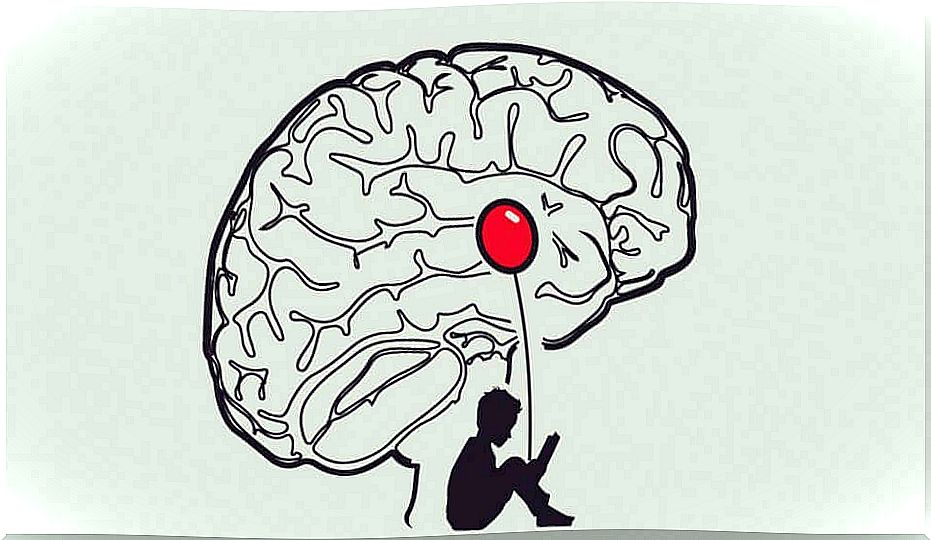
The oldest part of the brain
All the information that comes in through the five senses goes through the amygdala. This is a small structure of the limbic system. It is also the oldest part of the brain, dominated by our emotions. The amygdala “monitors” everything that happens in and around us. The moment it detects a possible threat, it activates a bunch of different neural pathways to create a kaleidoscope of complex reactions.
The amygdala’s alert system immediately activates the nervous system to prepare the body for battle or flight in the following ways:
- It increases blood pressure, increases cellular metabolism, increases the amount of glucose in the blood, facilitates blood coagulation, and even increases mental activity.
- Most of the blood is directed at the body’s large muscles, such as the legs, to give them enough energy to escape if necessary.
- Adrenaline shoots through the body, which leads to a reduction in the immune system because the brain does not consider it essential for the task we are facing. All that is needed at this moment is to be able to fight or run away.
This sequence of physiological and chemical changes can help you escape real danger. But in the case of Elena, the fear is psychological and intangible. She associates any sudden noise with the memory of her accident, which triggers a panic response. It is easy to see how strenuous it can be to live this way for months or years.
The psychology of fear and the importance of learning to deal with it
Pathological fear is one of the most exhausting things a person can experience. It is a major cause of generalized anxiety disorder, phobias, hypochondria and even OCD. It comes in many different shades and completely removes the person’s control, quality of life and dignity.
We invite you to reflect on some simple strategies for dealing with such fears.
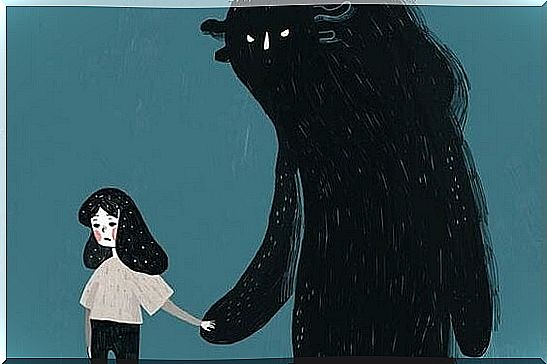
5 tips to deal with your fears
- Identify it, give it a name. Do not leave it silent or secret.
- Declare war on it. Notice how it has invaded your privacy and do something about it to regain control.
- Get to know it and understand where it came from. Remember that fear is a response to both internal and external factors. Sometimes the source is in you, and other times there is something in your environment that makes you feel uncomfortable, restless and scared.
- Stop feeding it. Understand that if you continue to give it more power, it will end up taking over your life completely. Try to rationalize it and use all resources at your disposal to minimize the effect, whether it is deep breathing, exercise or distracting yourself. All of these things will reduce your anxiety.
- Talk to yourself as if you were your own personal trainer. Design strategies to eliminate limiting behaviors from your life. Motivate yourself to conquer small, daily tasks; congratulate yourself when you achieve them and remember that this will be a constant ongoing work.
Fear is a complex and broad topic. It is incredibly useful to learn to take care of yourself, because if you want to achieve true happiness, you must first climb the fence of fear.
Bibliography
André, Cristoph (2010). Psychology of Fear: Worry, Anxiety, and Phobias. Editorial Kairos.
Hütler, Gerald (2001). Biology of Fear: How Stress Turns Into Emotions. Editorial platform.
Gower, L. Paul (2005). Psychology of fear . Nova Biomedical Books


